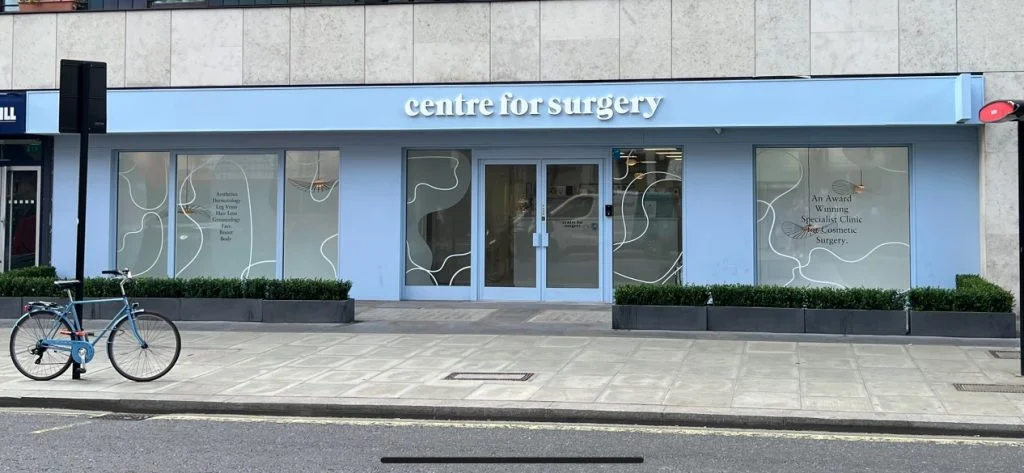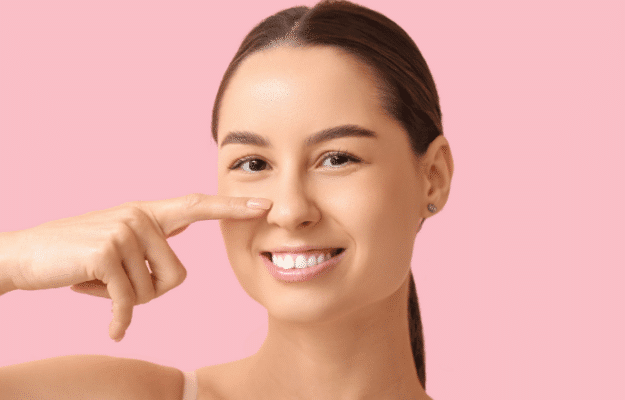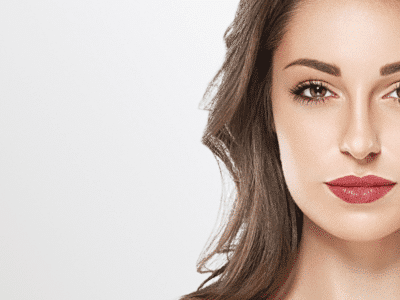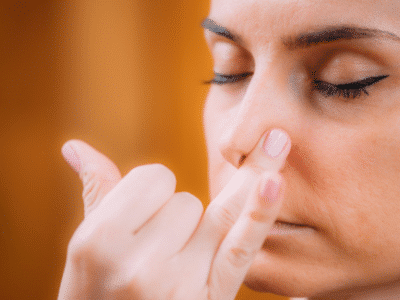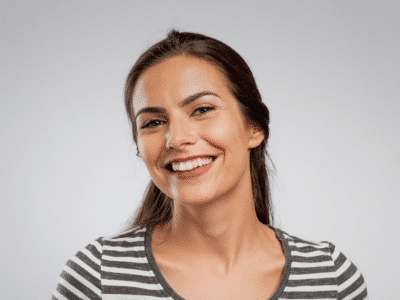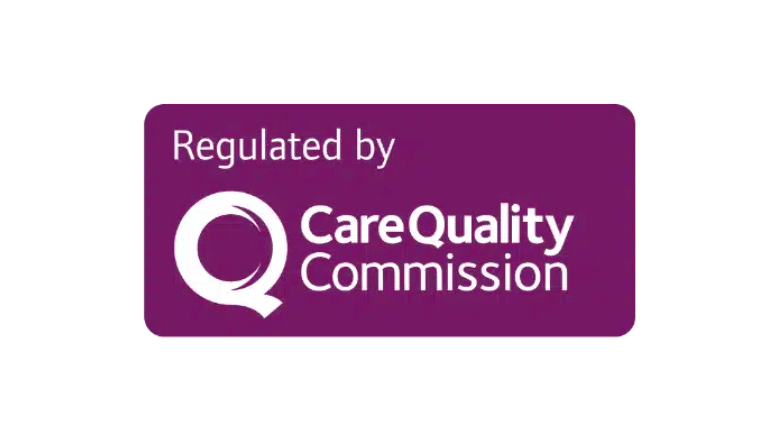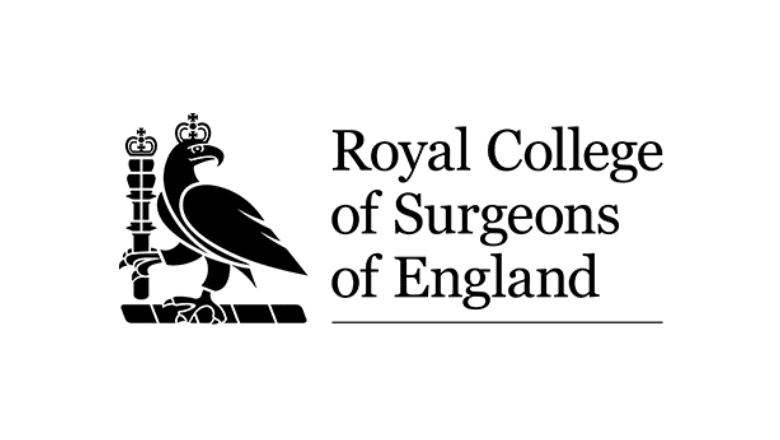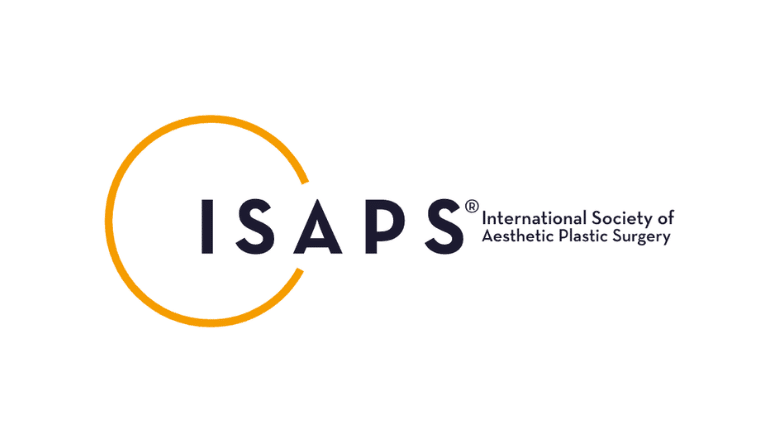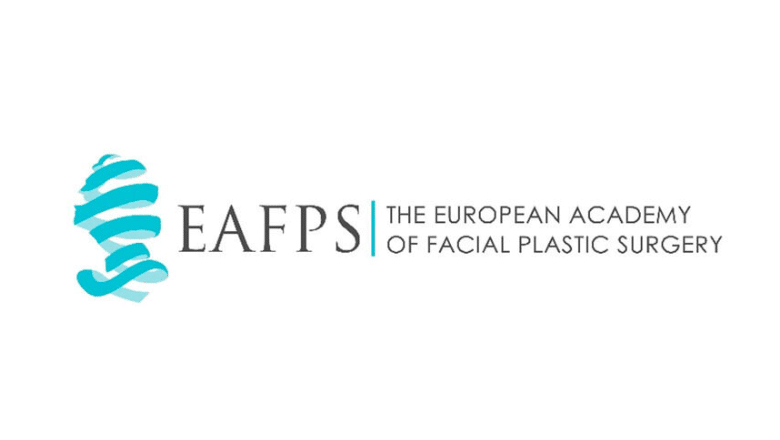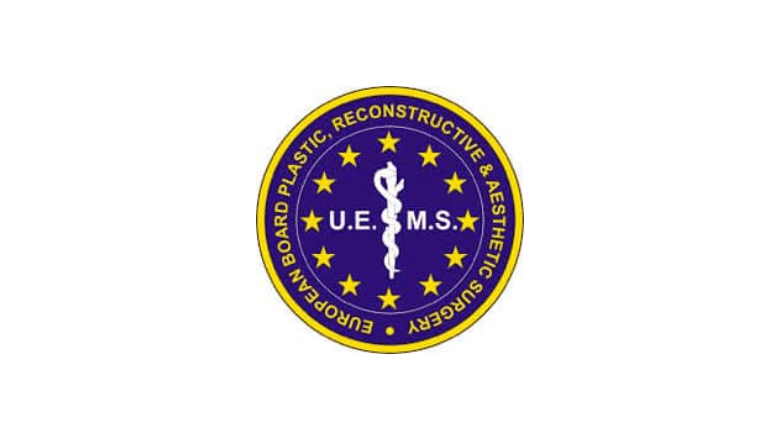Table of Contents
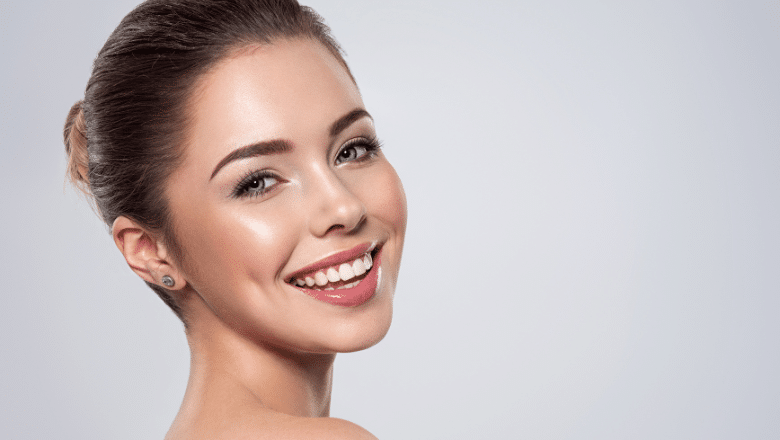
Rhinoplasty is a continually evolving cosmetic surgery procedure, but its fundamental philosophy and principles have not changed dramatically over recent years. Advances have been made in refining rhinoplasty through a better understanding of nasal analysis, anatomy, function, and long-term postoperative healing. Novel surgical manoeuvres and techniques have also been developed to improve the long-term results of rhinoplasty from both aesthetic and functional standpoints. Furthermore, technological advances in computer imaging and innovative surgical tools have widened the options for the surgeon performing rhinoplasty.
RELATED: Key Facts And Myths About Rhinoplasty Surgery
Anatomy of the nose
Nose surgery is considered the most challenging, rewarding and humbling of all cosmetic surgery procedures. Every rhinoplasty operation presents the surgeon with a diversity of nasal anatomy, contours and proportions, requiring a series of organised and interrelated surgical manoeuvres tailored to each patient’s anatomical and functional needs. The surgeon controls the operation and must also become skilled at manipulating and controlling the dynamics of postoperative healing to attain optimal long-term aesthetic results. A necessary prerequisite is the skill to visualise the ultimate healed outcome while modifying nasal structures.
RELATED: Is rhinoplasty worth it?
Such skills require many years of study and experience as the surgeon observes, analyses, and modifies his/her surgical results. With the improved methods of analysis and the increased popularity of open (external) rhinoplasty, surgeons may be able to perform precise rhinoplasty techniques under direct visualisation. The key to continuous improvements through experience is accurate record-keeping using diagrams coupled with long-term patient follow-up and evaluation.
The unique anatomy of the nose is the critical factor influencing the final result of each rhinoplasty procedure. Differences between individuals in nasal anatomy demand refined diagnostic skills to identify the infinite variety of problems that could be encountered. The aesthetic judgement of the surgeon, guided by patient expectations, determines the surgical changes planned. No single procedure or technique will suffice to reconstruct every nose aesthetically pleasingly. Therefore, the surgeon must be skilled in many approaches to handle various nasal anatomical combinations. The ability to identify correctable deformities and limitations inherent in each patient is the single most critical prerequisite to the attainment of outstanding results consistently. Misguided attempts to create changes greater than the tissues will permit will result in aesthetic and functional complications resulting from the overaggressive resection of supportive structures.
RELATED: How to make your nose smaller
What is Rhinoplasty?
Rhinoplasty is a surgery which involves reshaping or resizing the nose. As the nose is a central feature of the face, even minor changes can make a big impact. Rhinoplasty surgery is one of our most commonly performed facial plastic surgery procedures.
Our top London surgeons are fully trained in the Preservation Rhinoplasty technique, which we can use on selected patients for extremely precise correction with minimal bruising and swelling and reduced downtime.
All rhino surgeons have special expertise in all aspects of nose-related surgery, including open rhinoplasty, closed rhinoplasty, primary and revision rhinoplasty, ethnic rhinoplasty & rhinoplasty for men, which can help men with any breathing problems, improve their aesthetics and attain balance in the face. You can rest assured that you will have one of the very best rhinoplasty surgeons in London to manage your care from start to finish.
RELATED: Surgical vs Non-Surgical Rhinoplasty
What is alar base reduction?
The alar base reduction or alarplasty procedure is a type of rhinoplasty that involves the surgical removal of a wedge-shaped area of soft tissue from the part of the nose where the cheek joins with the nostril at a lower base. Once the tissue is removed, the skin is meticulously sutured, which narrows the base of the nose. Fortunately, any scars are usually well concealed within the natural folds of the nose. Nostril reduction surgery is effective for reducing the size of excessively wide nostrils.
What does nose reshaping involve?
Nose reshaping surgery is a type of rhinoplasty procedure for nose contouring. The shape and size of the nose can be surgically altered, improving the nose’s profile and reducing its size. A rhinoplasty is also known as a ‘nose job’.
RELATED: All About Rhinoplasty – The Ultimate Guide
Here at Centre for Surgery, we carry out many hundreds of nose reshaping and nose contouring procedures each year at our state-of-the-art Baker Street clinic in central London. Our anaesthetists specialise in total intravenous anaesthesia or TIVA, which is known to be a particularly gentle form of a general anaesthetic with a quick recovery profile and minimal risk of sickness. Each procedure is customised to the individual patient, but most types of nose contouring involve the precise removal of bone and cartilage to reduce the size of the nose. In some procedures, your surgeon may use a cartilage graft to augment or structurally support other areas of the nose, which is designed to alter the nose shape.
Many people think rhinoplasty is a painful procedure. Rhinoplasty does not hurt, with most patients experiencing only very mild discomfort, and this can be easily controlled with simple over-the-counter painkillers such as paracetamol. The most common symptoms after a nose job are related to rhinoplasty swelling, including nasal congestion or a blocked nose.
RELATED: How long does it take to recover from nose job surgery?
We recommend that patients with a surgical nose contouring procedure be off work for at least one week. You will have a nasal splint applied after your procedure, which will be removed seven to ten days after surgery by one of our post-operative nurses. It is normal to experience localised swelling and bruising, which is most evident in the area of the lower eyelids, particularly if your nasal bones have fractured to reduce the nose size. Although the bruising can appear dramatic, fortunately, this rapidly settles down and will be no longer visible after approximately ten days. For best rhinoplasty results, we recommend avoiding all forms of strenuous activity for a minimum of 4 to 6 weeks after the procedure. Rhinoplasty recovery is smooth and comfortable when patients follow all the post-operative instructions given to them by their surgeon.
Rhinoplasty procedure
Our surgeons utilise the most advanced contemporary and innovative techniques from top centres in the UK. In approximately 20% of all patients, the side profile may reveal facial imbalance with a small chin; we may then advise the use of a chin implant to restore balance to turn a good result into a fantastic result. Rhinoplasty is technically considered the most challenging cosmetic surgery for the entire body. A great-looking rhinoplasty requires a balance of the patient’s genetic makeup and healing, surgical technical excellence and the surgeon’s artistic talent.
Rhinoplasty is a day-case procedure performed under general anaesthesia. The procedure may be performed as an open rhinoplasty (small skin incision under the nose) or closed rhinoplasty (internal incisions) approach. The procedure takes between 1-2 hours, and afterwards, a nose splint is placed on the nose that remains for one week.
Sculpting and reshaping the nose is challenging as every nose is unique in skin type and thickness, strength and size of the underlying cartilages and bony support. In addition, each nose presents different functional breathing issues, commonly with a deviated septum and enlarged turbinates. Our facial surgeons use both open and closed techniques, although the closed technique is preferred as there are no incisions in the skin. For some noses, particularly where delicate tip surgery requires millimetre refinement, the open technique is preferred as this gives the best long-term result. We use suture and micro-refinement techniques to maximise tip refinement. We also use the most innovative facial plastic surgery techniques to maintain functional breathing, which may involve fine grafts that support the airway of the nose, preventing potential collapse. Our surgeons are acknowledged rhinoplasty experts and are actively interested in researching the latest techniques to keep their skill sets up to date in the field.
Rhinoplasty recovery
Many patients who come to see our facial surgeons are concerned about recovery after surgery and downtime. We advise all patients that one week off work is all that is required. For some patients, two weeks is preferred, as, by this point, most swelling has gone down.
We employ fine microsurgical techniques to preserve the nasal cartilage and ensure minimal disruption to the natural anatomy of the nose to reduce swelling and bruising. Most of our patients have minimal or no bruising after surgery, and most do not require analgesia.
Schedule Your Rhinoplasty Consultation at Centre for Surgery Today: Why Choose Us?
Are you considering rhinoplasty, often referred to as a “nose job”, to enhance the appearance or function of your nose? At Centre for Surgery, we are at the forefront of providing expert, patient-centred care in cosmetic surgery. Our rhinoplasty consultations are designed to meet your unique needs and expectations, ensuring that you are well-informed and comfortable throughout your journey. Here’s why Centre for Surgery stands out as the premier choice for your rhinoplasty procedure:
Tailored Consultations with Expert Surgeons
At Centre for Surgery, your journey begins with a personalised consultation with one of our highly skilled and experienced plastic surgeons. Our surgeons specialise in rhinoplasty and possess the expertise to address both aesthetic and functional concerns, ensuring outcomes that are not only beautiful but also enhance your overall wellbeing.
State-of-the-Art Facilities in the Heart of London
Our clinic is located at 95-97 Baker Street, London, providing a central, easily accessible location for your consultation and procedure. The state-of-the-art facilities are designed with your comfort and safety in mind, equipped with the latest technology to support the highest standards of care.
Comprehensive Patient Care
From your initial consultation through to your post-operative care, Centre for Surgery is committed to providing a comprehensive care pathway. This ensures a smooth, supportive, and informed experience at every stage of your rhinoplasty journey.
Financing Options for Your Procedure
Understanding the financial aspect of your surgery is crucial. Centre for Surgery offers a range of finance options, including 0% APR with Chrysalis Finance, to make your rhinoplasty procedure more accessible. Our team is here to guide you through your options, ensuring you find a plan that suits your budget and lifestyle.
A Commitment to Excellence and Safety
Centre for Surgery is renowned for its unwavering commitment to excellence and safety in cosmetic surgery. Our surgeons are leaders in their field, utilising advanced techniques to achieve natural-looking results while prioritising your health and safety.
Why Choose Us?
Choosing the right clinic for your rhinoplasty is a significant decision. At Centre for Surgery, we are dedicated to excellence in patient care, safety, and results. Our expert team, state-of-the-art facilities, and personalised approach set us apart as the leading choice for those seeking rhinoplasty in London.
Ready to take the next step? Schedule your rhinoplasty consultation at Centre for Surgery today. Our friendly team is on hand to answer your questions and guide you through the process. Contact us at 0207 993 4849 to learn more about us and how we can help you achieve your aesthetic goals.
Experience the difference at Centre for Surgery, where your journey towards confidence begins.
